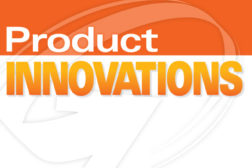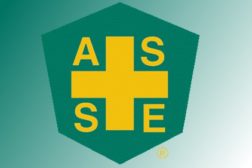Home » Keywords: » safety data
Items Tagged with 'safety data'
ARTICLES
Predictive analytics: A powerful new tool
Identify at-risk workers & teams for pilot projects
June 19, 2018
New version of Predictive Solutions’ SafetyNet App for iPhone and iPad now available
This latest version makes it even easier to conduct jobsite inspections and collect workplace safety observations
January 13, 2015
Safety’s thirst for injury data
It is so easy to be seduced by data and somehow think we now “know” how organization thinks about safety
October 28, 2014
ASSE’s Professional Safety Journal:
A new view of the great safety pyramid
September 11, 2014
Become a Leader in Safety Culture
Build your knowledge with ISHN, covering key safety, health and industrial hygiene news, products, and trends.
JOIN TODAYCopyright ©2025. All Rights Reserved BNP Media.
Design, CMS, Hosting & Web Development :: ePublishing






